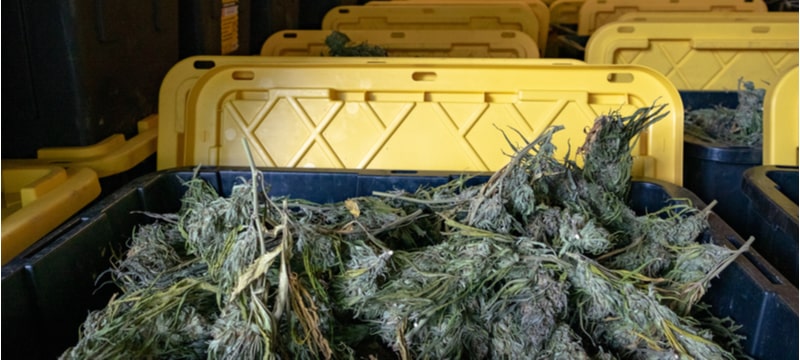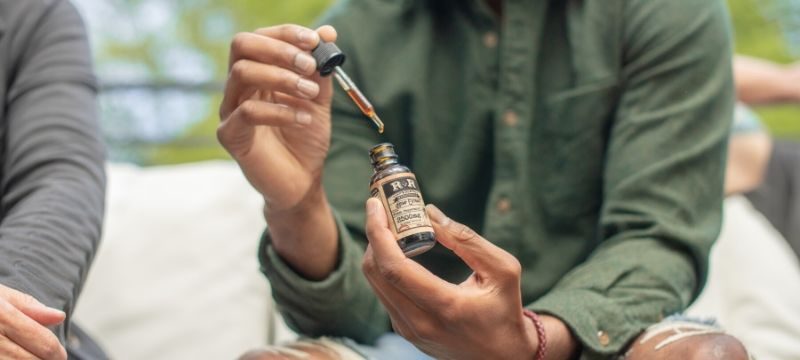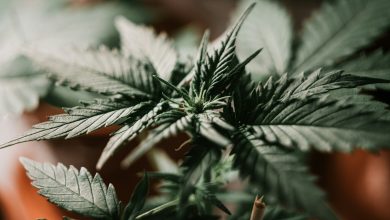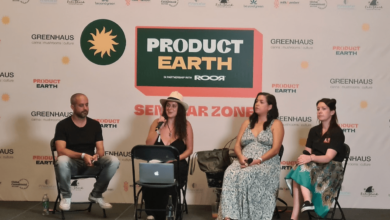
Hemp plastic could be the future of cannabis packaging and we need to embrace it.
In Canada cannabis was legalised nationally just a couple of years ago. Here, many people are sick of packaging that is bad for the environment. By law, packaging of cannabis materials needs to be child-resistant and be sturdy enough to keep cannabis products dry and sealed.
Naturally, many people object to the use of plastic. But why? And what else could be used instead?
Table of Contents
Single-use plastic
In 2020, more than ever consumers want sustainable choices. Everyone wants to feel like they’re contributing just a little to saving the planet. The market just needs to catch up. The first thing to do is to stop the use of single-use plastic.
Single-use plastic has been shown to have disastrous effects on the environment. It’s not biodegradable and the whales found with bellies full of plastic are a testament to this.
Consumers don’t want to put their money into companies that don’t care about the world or the people and animals that live in it. Until now, of course, it seemed that using plastic was the only option available. However, because of cannabis and its unique problems, alternatives are being sought after.
The balancing act of cannabis packaging
According to Plastics Engineering, creating the perfect cannabis packaging is actually a lot trickier than it seems. This is because of a concept called ‘barrier packaging’. Essentially, the proper method of storing a given product.
Peter Schmitt, managing director of Montesino Associates LLC, explained the unique problem with packaging cannabis. Most barrier packaging aims to keep out moisture and other elements, but with cannabis, a certain amount of moisture needs to be inside the package.
Cannabis products might be stored for anywhere up to six months during the distribution and storage stages. In that time, if the cannabis gets too dry, its potency will dilute and the product will be less valuable. Conversely, if it becomes too damp it might spoil or get mouldy.
There’s also the perspectives of the people who consume cannabis themselves. They want to see that sustainable materials are being used.
“Cannabis consumers, generally, are more interested and concerned with the brand's level of activity in the sustainability movement than other types of consumer products,”
– Peter Schmitt, Managing Director of Montesino Associates LLC
Could hemp plastic be the answer?
Is hemp a saviour for the sustainable packaging industry? Maybe. It can do some pretty unique things. For example, this durable and versatile plant can grow up to fifteen feet in height in a far shorter amount of time than regular crops.
It’s also, importantly, biodegradable. This means that even though it may be used as a “single-use item”, it can be recycled easily. Something that consumers won’t mind spending their money on.
What’s more is that it can be used for a wide variety of applications, including a type of plastic. That’s right, plastic can be made from hemp. A number of companies such as Green Spring Technologies and Sana Packaging are already creating their own sustainable, biodegradable hemp “plastics”.
It has a precedent because in the past we’ve used hemp used to make ropes on ships. But there are many other uses of hemp. For example, it can also provide insulation for housing.
People have created ‘hempcrete’. Sustainable housing and other structures can be built with this type of hemp concrete.
At the moment, it feels like there’s no limit to what hemp could be used for. And importantly for cannabis consumers and manufacturers, hemp could be the answer for storing cannabis products adequately. No more dried out or mouldy cannabis.
Hemp won’t solve everything
There are some drawbacks to the use of hemp though. For one thing, it takes a massive amount of water to grow hemp. Were hemp to become a large scale industrial crop, then it could have environmental implications of its own.
Hemp, of course, won’t solve all our problems. But it can provide a guiding light for people seeking alternatives. At the moment, because of various legal and social barriers around cannabis and hemp, we’re still in the early stages of product development.
We hope that sustainability and reason win out and that sustainable packaging alternatives become the norm.





